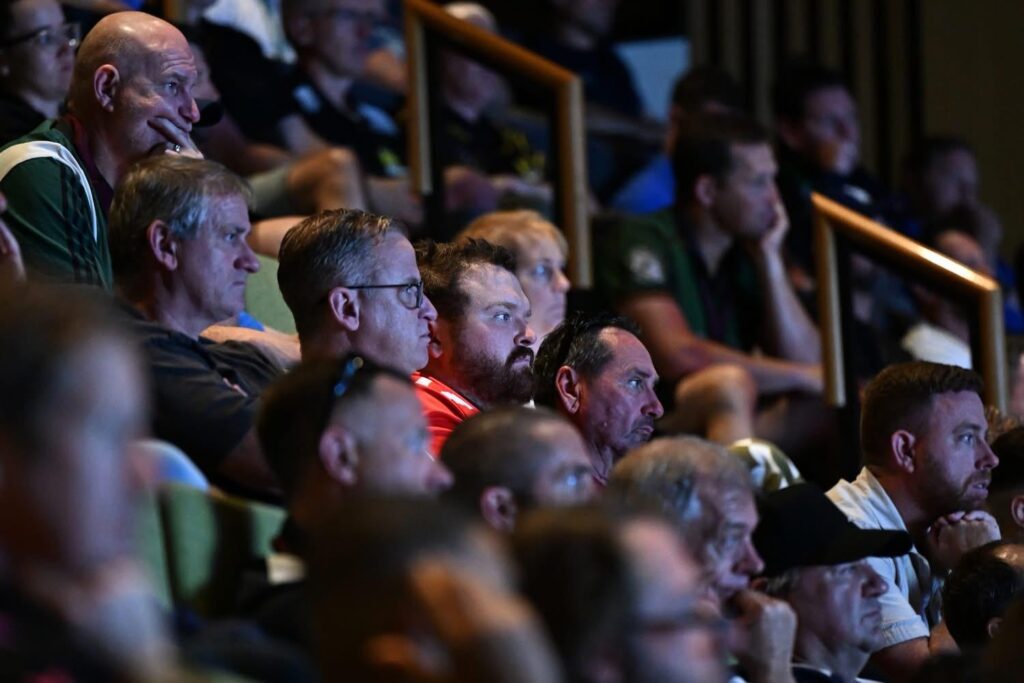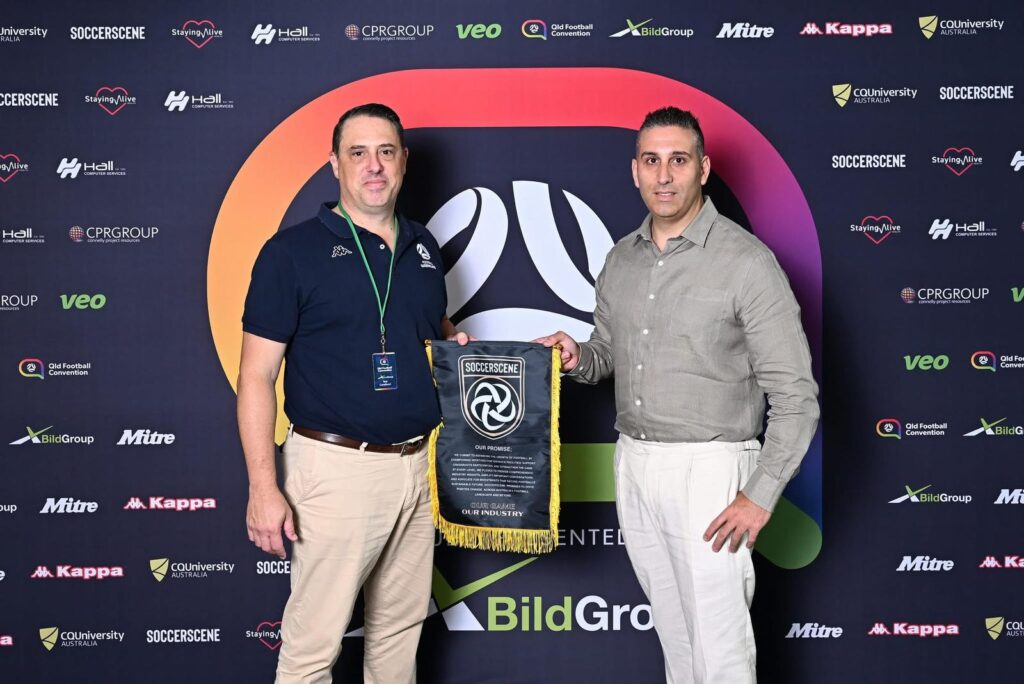
After the stunning success of the 2019 Women’s World Cup in France, continued calls for equal pay rang loudly across the globe.
The tournament took the women’s game into the stratosphere. Broadcast wise, the numbers were astonishing, stadium attendance was superb and the football played impressive. The growth in women’s football at the elite level has a momentum unparalleled by any other global sport and the process of guiding the game through that growth is an important one that must be overseen astutely.
Australia’s national women’s team, the Matildas, will play a key role in the short term future of football, as one of the top ten nations in the female game. With a significant portion of the national squad now plying their trade in the FA Women’s Super League in the UK, their personal development as footballers appears limitless.
The Super League has attracted the best of the best from around the world and appears likely to become similar to the EPL in terms of the quality of play and the financial remuneration available to players.
It is that financial remuneration that has been a hot topic in recent days, with news surfacing the England’s FA have been paying the exact same amount in match fees and bonuses to its men’s and women’s teams since January 2020. The Brazilian Football Confederation has confirmed that a similar parity has been occurring since March and the ground breaking collective bargaining agreement announced in November 2019, saw Australia’s elite female players earn true equity in pay and conditions.
That agreement saw Matilda salaries increase to around A$100,000, in line with their male counterparts, whilst also increasing their share of revenue generated from national team play.
No doubt, more and more countries around the globe will follow suit in the short to medium term and by the time the world gathers in Australia and New Zealand in 2023 for the next edition of the FIFA Women’s World Cup, it is highly likely that true pay equality will be universally in existence for all the squads competing.
Sadly for the United States Women’s National Team (USWNT) the road to financial parity has been a less than simple and uncontroversial one. A March 2019 court proceeding seeking US$100 million was tossed from the court room by a federal judge, citing the team’s original decision to reject the payment structure adopted by the men’s team and their subsequent dissatisfaction with that choice.
Taking legal action retroactively once the error of their way became clear was frowned upon by the judge, yet claims that the medical treatment and travel support offered to the squad were inadequate, will indeed see the USWNT have their day in court in the near future.
No doubt the USWNT’s situation will be resolved in due course and wages and conditions set in line with those provided for the men’s team, however the best female players in the world will still be well behind males when it comes to the potential financial windfall they can take from the game they love.
At the 2019 Women’s World Cup, the USWNT received $4 million for its victory. Each participating team was given $750,000 for playing in the group stage, with bonus funds due the further a nation progressed through the tournament. Overall, FIFA allocated $30 million to the event, a smallish figure when compared to the $400 million paid to the teams participating at the 2018 World Cup in Russia.
National federations receive the funds and dole out the money as they see fit and this is where the next discussion around the reimbursement of female players will lie. Whilst the Matildas are pleased with their negotiated 30 per cent share of prize money, such an agreement does not exist for most women’s national teams.
Some might argue that if FIFA’s total investment in the Women’s World Cup was around seven per cent of the $400 million spent on the men’s tournament, then the share of prize money allocated to female participants should be at around the same rate.
However, FIFA makes little distinction between the two tournaments, claiming revenue cannot be split among all FIFA events, as broadcast and corporate arrangements are agreed to as a complete package. Thus, a discussion around the value of the women who play the game at the highest level and the share of the purse they should earn will be the next step in the path to true pay equality.
Australia has pioneered that path and will look to lead the rest of the world when it comes to ensuring that the current and future generation of Matildas is compensated fairly; not only via salaries and match payments, but also through the allocation of prize money awarded for the entertainment they provide and any success they have on the pitch.






















